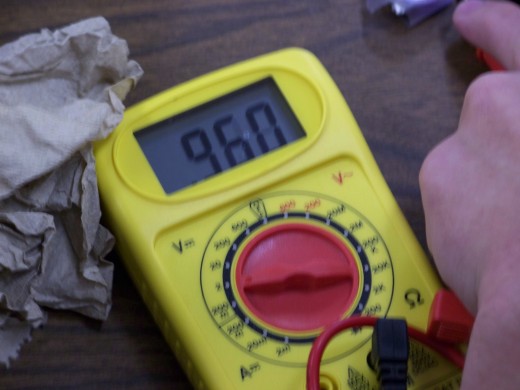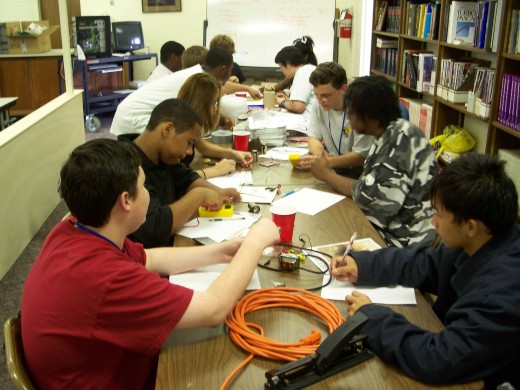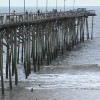Building A Copper Aluminum Penny Battery for Electricity
CLASSROOM BATTERY

CLASSROOM BATTERY MAKING
The interesting and attention grabbing exercise for the students at the vocational school was the making of a battery that used unlike metals to generate the electricity. The student started by using coins to use as a pattern to cut out copper and aluminum disks from metal sheeting and paper disks from paper sheets. Copper pennies also were used instead of cutting the copper sheeting to speed up the process in the classroom.
After obtaining disks about the size of a penny, the copper, aluminum, and paper were placed by the student in the following fashion. The copper disk or penny was first, then the paper disk, then the aluminum disk and repeated this process until the student would assemble about ten sequences together as one bundle. The copper disk or Penny would be on one end and the aluminum foil on the other end to complete the battery. The students then used black electrical tape to secure an electrical lead wire on each end of the stack. The students then wet the stack of the disks with salt water to conduct the electrons through the circuit of disks. The resulting voltage, or electrical charge, varied to how many disk sets that were assembled in the taped arrangement, with more volts being generated with more sets of disks in the copper-aluminum battery array.
The resulting voltage from like and unlike metal creates electrical charge and can be used to light small lights, recharge batteries or other small items. The students generated up to about 10 volts in the classroom, but in theory, it seems that the more of the arrangement that could be put together, the more voltage could be produced.
These students were part of a Renewable Energy class that became part of an experimental program used to promote renewable energy program in South Carolina. The students learned the basic ways to generate electricity through wind, water, dis-simular metals, biological and chemical reactions. The battery was one of the simplest to build, based on Volta's experiments, to generate usable amounts of electricity and it was great instruction for the students.

- Batteries and Cells
History of the battery, electrochemisty of operation, types of battery

- Amazon.com: Alessandro Volta And The Elctric Battery: Voltaire: Books
Amazon.com: Alessandro Volta And The Elctric Battery: Voltaire: Books








